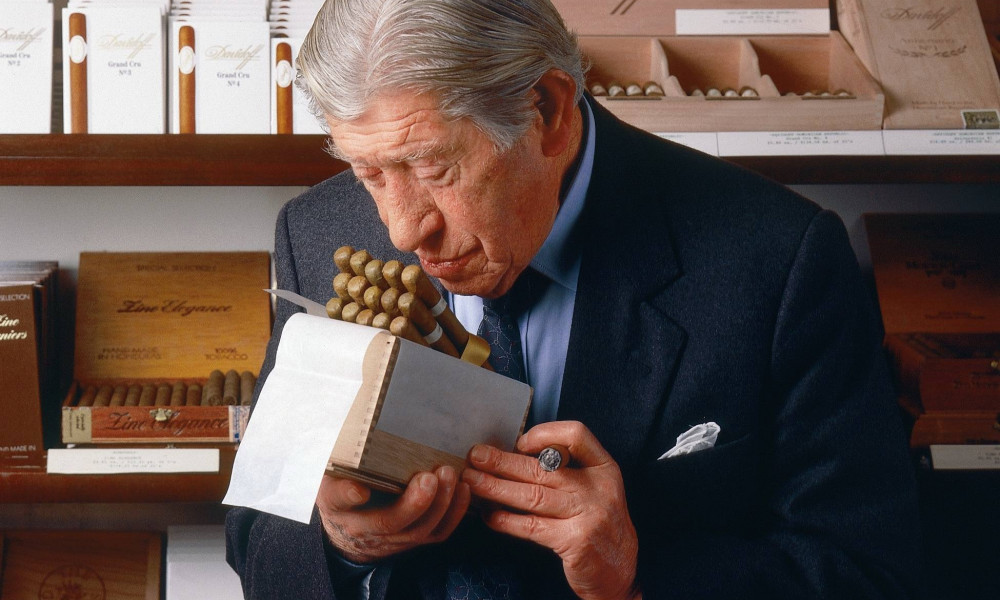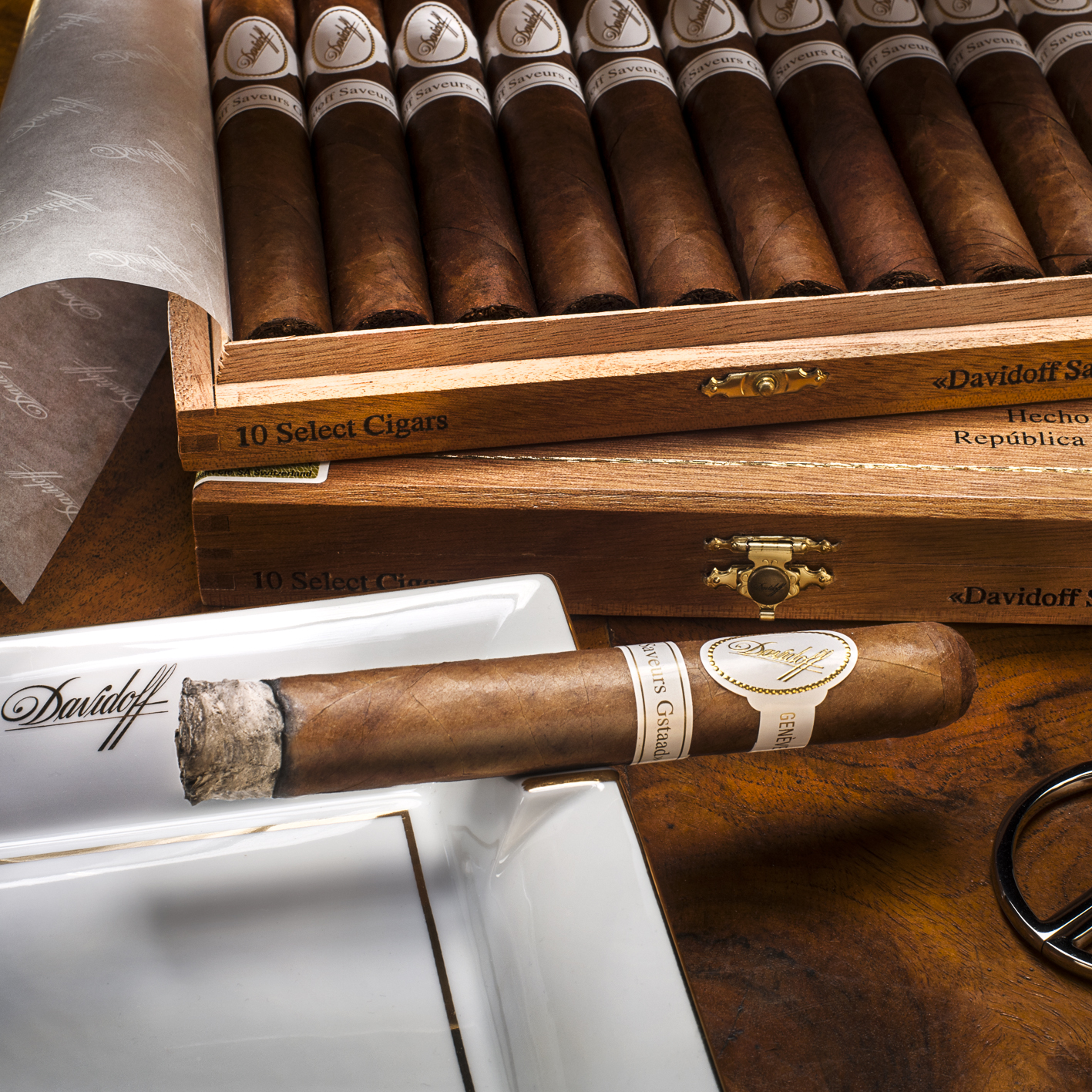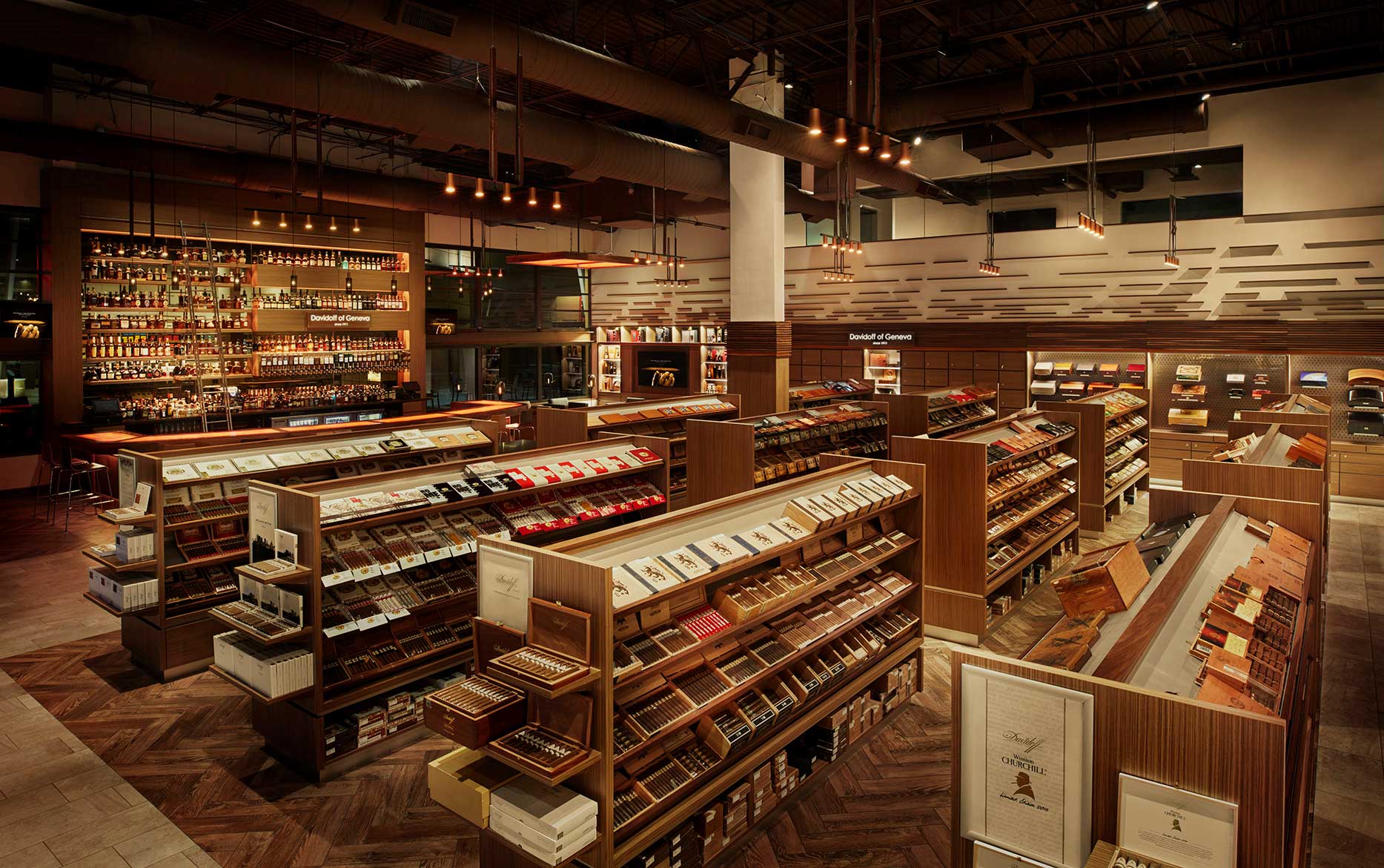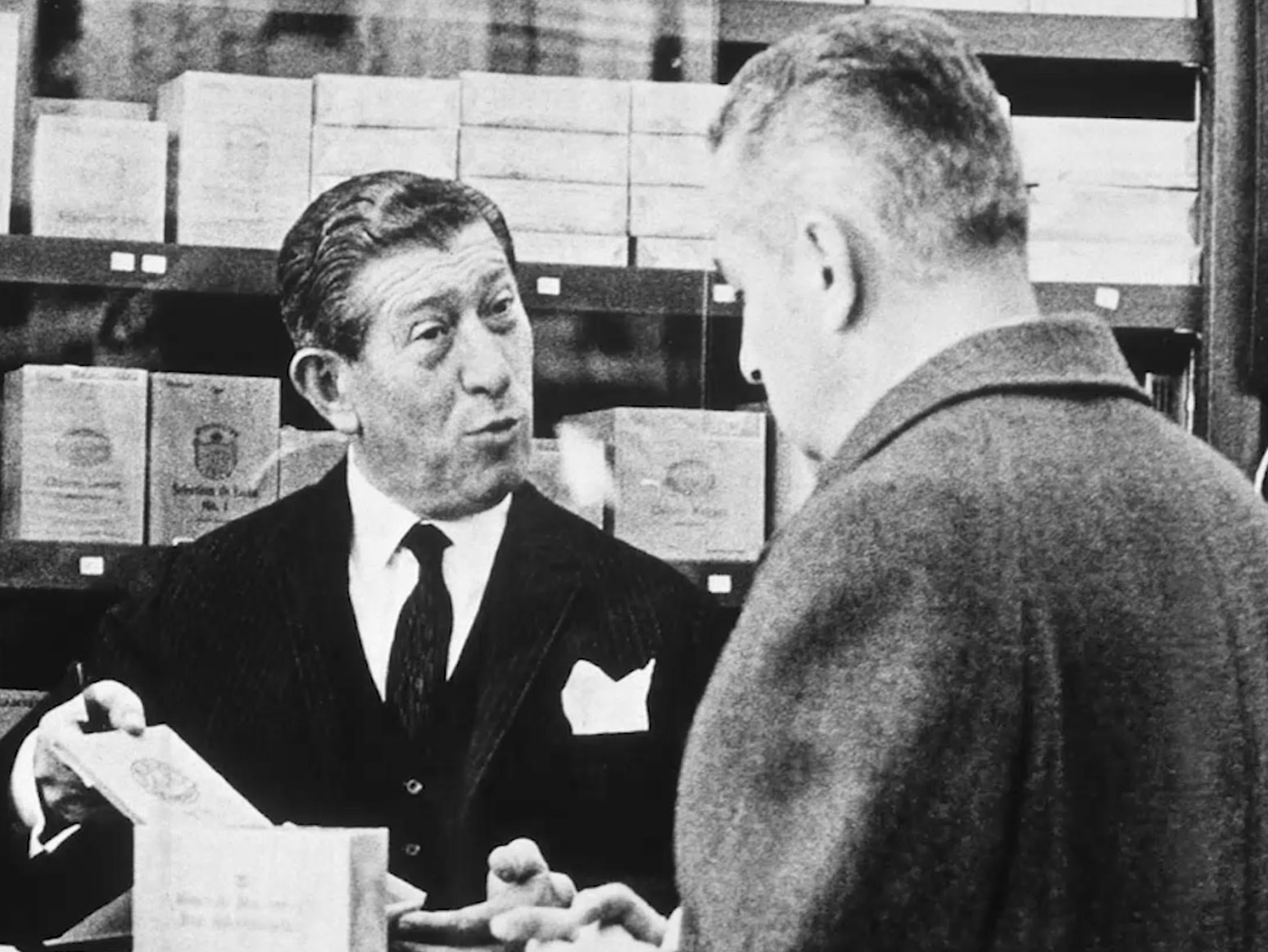Brand history: Davidoff

Life story of personality, especially the one subsequently growing into the size of brand and absorbing all foam and cream taken from almost an entire era, has the right to be twisted Dickens-like, and implausibly action-packed. Zinovii Davydov started with misty paths of music and finished with no less smoky, but more practical business, calling himself Zino Davidoff. His corporation expanded its product assortment, but it all started very mannishly – with cigars.
However, even given the fact that back in the early 20th century smoking used to be in vogue, very few people would have thought that a child born to a Jewish family in village of Novgorod Seversk – 270 km south from Kiev – would do tobacco gifts to kings. Many years later Davidoff Chateau Margaux would be favourites of the Prince of Monaco, and one autumn evening King of Egypt and Sudan Farouk I would personally order from Henry neither more nor less 20 000 cigars. Photo davidoff.com
Photo davidoff.com
To understand keystone of Davidoff’s success, one should fully get acquainted with him, this is the case when there is a thinnest border between the creator and his brainchild. That's how contemporaries described the covert father of all the cigars: "He looked perfectly and bore resemblance of whether French actor Fernandel or Prince Charles. His shoes always shone brighter than royal pageboy’s. Zino gravitated to the classics, appreciated Mozart and Dostoevsky. Isaac Stern and Artur Rubinstein, who by the way was also a client of his, till the last days remained among his favourite musicians. He loved morning walks, daily bridge game. Whom he could not stand, were naughty ladies. When a customer complained that his wife did not like cats, Zino persistently advised him to take immediate steps to change... his wife. "
Digging deeper, it is easy to guess that the craving for tobacco Zino inherited from his father. After emigrating to Geneva, Davidoff family opened a small tobacco shop in the neighbourhood of Le Grottes, first they earned mainly from sales of matches. Photo coronacigar.com
Photo coronacigar.com
Lack of money and family parable about Lenin stuck in the young boy’s memory. They say that once the leader of the world proletariat made purchases at the tobacco shop and left it without paying. The shop of the Davidoffs was also frequented by their well-respected customers Rubinstein and Peter Ustinov. Some purchases, heart to heart talk, caressing little Zinovii’s cheek. As a result, the family, except for the more conservative mother, quickly got used to the rhythm of Switzerland.
What about Zino? Unwilling to settle for modest father's business, he went in search of his true destiny to Argentina. At that time it was the only state which a traveller could enter with a refugee passport. Twenty-year-old boy with a starting capital of 300 francs crossed half the world on ship to Buenos Aires. However, he stepped on board being moneyless after he had squandered his savings in Paris long before departure.
But Argentina could not retain enthusiastic Zino in one place. Having seen enough of Porteno Buenos Aires, Davidoff went to wander around the tobacco plantations in search of fresh ideas. In Argentina tobacco was not grown, so his path went to exporting countries – Brazil, Cuba. Zino managed to reach such well-known plantation as Mato Grosso, Rio Grande, Borba... Finally, Cuba bewitched Davidoff – it was unavoidable. Photo wanderhotelier.ch
Photo wanderhotelier.ch
This country smoked so much, and did it so fervently that it scared even Zino who grew up in a more restrained and refined Eastern European family. As he recalled later, Cuban cigars flashed everywhere. It was a strange time for the modern person: courtesans smoked at dusk waiting for clients, the latter did not lag behind and choked with smoke running for their ladies. Cigars were burning in the windows of psychiatric hospitals – thence psychos alternately burned either them or hospital buildings. Adolescents smoked and, to the horror of moralistic Europe, their parents did the same. The reason was the era: pre-revolutionary times, when even the poor indigenous people could afford tobacco of choice. Later on due to price increase this privilege completely passed on sunburnt shoulders of visitors and tourists.
For Davidoff that period was more than crucial. Zino returned to Switzerland in 1929 and, in addition to the firm belief to start a new cigar business, brought with him a bit of an innovative Latin American temper. He was the first to design a room with special humidity for storing cigars – a humidor and look after his cigars as if they were children whom he did not have yet.
But as time passed, besides tobacco the air clearly smelled of war. On the eve of the Second World War Zino made an exclusive offer: he was ready to buy all Cuban cigars remained unsold in European warehouses. Importers were ready to give them for a pittance of 100 000 francs, main concern was that the cigars did not find their way into the hands of the Nazi. Zino couldn’t scrape up such a large sum of money without a loan, and banks kept denying him such an impressive credit, unless Zino offered as collateral "the Davidoff’s face and good name." Thus, creditors were paid off, the brand not only survived war, but also brought a cigar business to a new level – Davidoff brand launched production in cooperation with Chateau Margaux, Chateau Latour and Dom Perignon. Photo simple2x2.wordpress.com
Photo simple2x2.wordpress.com
Davidoff cigars flew off the shelf and businessmen looked closely at the phenomenon of Davidoff company. Of course, there were failures as the tobacco business is associated with risk. The most notorious incident was "Cuban question". Quality of tobacco and cigars rolling got low – 20 000 units were burned by customs officers due to "unfortunately poor quality", but Zino did not despair and brought business to the Dominican Republic. As it turned out, Cuba was even easier to be mimicked there, but ...
But the creator disappeared. Weathered like smoke. It happened in 1994, just a few years before his brand would debut in his homeland. Yet, given how Zino guarded his offspring during his lifetime, we think he is looking after it even posthumously, sipping coffee of his own production and blowing out smoke rings... out on that cloud, can you see?
Cover photo simple2x2.wordpress.com





















